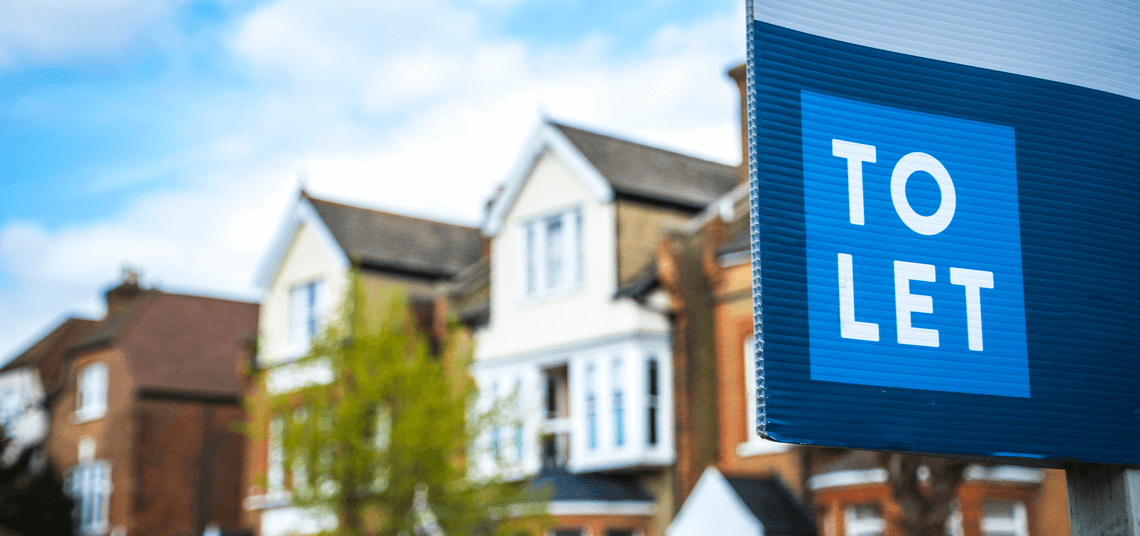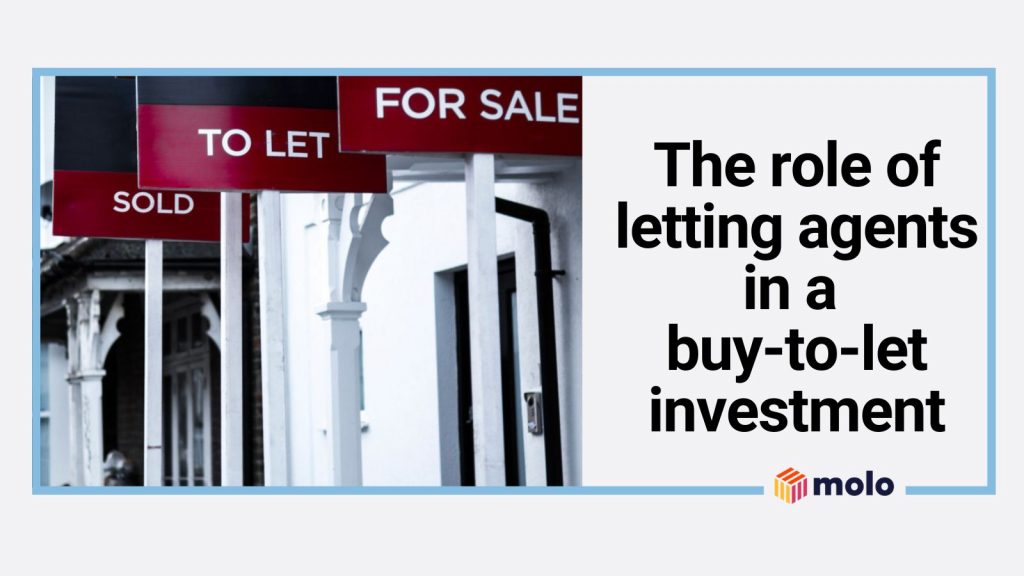There are two primary ways to purchase a buy-to-let property: paying for it outright or through a buy-to-let mortgage. Unless you have a lot of money saved, you’ll probably need to go down the buy-to-let mortgage route and borrow the majority of the property’s value.
A buy-to-let mortgage differs from residential mortgages, as it’s solely related to purchasing a property with the intent of renting it out to tenants. Both mortgage types are similar in terms of the borrowing process, but the similarities end when it comes to how much you can borrow and lending requirements. How much you can borrow for a residential mortgage is primarily based on your income, while buy-to-let mortgages factor in how much the property potentially achieves in rent.
Buy-to-let lending requirements
Lending requirements change for a buy-to-let mortgage depending on the mortgage provider. There are, however, some aspects that are more or less the same, no matter who you borrow with. As a rule of thumb, you can get a buy-to-let mortgage if:
- You’d like to invest in property
- Earn at least £25,000 per year (although, with Molo you don’t need to have a minimum income)
- Have a deposit of between 15% and 25% of the property’s value (loan to value)
- The property you want to buy has a rental income of at least 125% of the mortgage repayment
- You haven’t been declared bankrupt of have any CCJ
- Have a decent credit score
- Are within the lender’s age limit
- Already own your home (unless the mortgage lender specifies otherwise).
Interest-only mortgages for buy-to-let
The majority of buy-to-let mortgages are offered interest only. This is so you can maximise the amount of rent received each month. With an interest-only mortgage, you only pay back the interest rather than the amount borrowed. As a result, your monthly repayments are much lower.
How does that look in practice?
If you borrow £150,000 at 3.5% on a repayment mortgage, your payments will look like this:
| Deposit amount | £50,000 (75% LTV) |
| Amount borrowed | £150,000 (3.5%) |
| Monthly rental income | £900 |
| Monthly mortgage payment | £779 |
| Profit on rent after mortgage deductions | £121 |
| Yearly profit | £1,452 |
Now, let’s say you borrowed £150,000 interest-only at 1.15% interest for a property worth £200,000.
| Deposit amount | £50,000 (75% LTV) |
| Amount borrowed | £150,000 (1.15%) |
| Monthly rental income | £900 |
| Monthly mortgage payment | £480 |
| Profit on rent after mortgage deductions | £420 |
| Yearly profit | £5,040 |
*These are estimates only. You also need to factor in elements like tax payable and outgoings related to the property, such as service charges.
You can see there’s a significant difference between how much you’d make with an interest-only mortgage in comparison to a repayment option.
Buy-to-let mortgages
See how much you can borrow for an interest-only mortgage, with LTVs starting from 80%.
So how do I pay back an interest-only mortgage?
Good question. When you get an interest-only mortgage, the lender wants to know how you plan to pay back the cost of the loan. Most borrowers do this with the sale of the property, in the hope that its value appreciates over the 25-year mortgage term (most properties tend to rise in value, though this is by no means a given).
During the length of the mortgage term, you can sell the property at any stage, paying back the full cost of the loan and using the rest as profit (if it’s increased in value) after you’ve paid capital gains tax. However, you can also remortgage to a longer term once the initial rate is over if you don’t want to sell the property.
Fixed, tracker or variable?
Regardless of whether you choose an interest-only or repayment mortgage, you’ll also need to decide on the type. When it comes to mortgage products, borrowers typically have three options: fixed, tracker and variable.
Fixed
A fixed mortgage has an interest rate that stays the same for a set period of time, typically two to five years (although it can be longer). The borrower knows exactly how much their monthly payments will be during that period regardless of what happens with interest rates on a national level. Whether they go up or down, your mortgage interest and payments stay the same.
Tracker
Tracker mortgages have an interest rate linked to a specific benchmark, such as the Bank of England base rate. The interest rate and monthly payments can fluctuate with changes to the benchmark on a tracker mortgage. So if the base rate increases, so will your mortgage repayments. But if it goes down, you can expect lower monthly payments.
Variable
Also known as an adjustable rate mortgage, a variable mortgage has an interest rate that can change at any time depending on the lender’s set rates. This means the borrower’s monthly payments can also change. It’s similar to a tracker, but isn’t solely related to following something like the Bank of England base rate. If the lender decides to put up their own rates (or decrease them), your monthly repayments reflect that decision. Again, higher rates mean increased payments while lower rates reduce your monthly mortgage payments.
How to find a buy-to-let property
As well as financing your buy-to-let property, you’ll also need to find one that is a suitable investment. Many people start their search on property portals, such as Rightmove, and go from there.
Deciding on a property depends on several factors, like how much it will earn in rent (yield) along with its potential to increase in value (capital appreciation). Some people prefer to buy closer to their home, while others are happy to cast their net further afield in the hope of finding the best all-round deal.
Before making an offer on a property, make sure you do your research and look at factors like overall house prices in the area, as well as how much homes go on the rental market for and price growth over the last five years. Rightmove can be helpful for finding this type of information, as it provides in-depth property data.
You should also consider aspects like transport facilities in an area, local amenities like restaurants, bars, shops and even gyms. Evaluate what appeals to people and what makes an area desirable to live in, as you’ll need to attract renters to the property once it goes on the lettings market.
Different types of buy-to-let
Buy to let
They say that variety is the spice of life, and fortunately there is more than one type of buy-to-let. The most common form of buy-to-let sees you buying a property and renting it out to a tenant. The majority of buy to lets fall under this category, with you purchasing the property as an individual.
SPV
Along with an individual purchase, there’s the option of buying the property as a Special Vehicle Purchase (SPV). This is otherwise known as purchasing a property through a limited company (LTD). There are some tax differences between an SPV and individual purchase, and we’ve covered everything you need to know about Molo limited company mortgages.
HMO
HMO stands for house of multiple occupation and involves renting out the rooms in a property to different tenants as opposed to the whole property to one tenant. HMO properties require a different type of buy-to-let mortgage than individual buy-to-lets.
Let to buy
Let-to-buy involves renting out your home so you can move into another one. It’s essentially a reverse of buy to let, as the intention is to find you a new residential home, rather than focus on investing. You convert your current residential mortgage into a buy-to-let and rent out your home while taking a new residential mortgage on your next home.
Portfolio landlord
Otherwise known as a professional landlord, a portfolio landlord has several buy-to-let properties (up to 50 if you’re using Molo) and rents them all out. In theory, it’s no different to individual buy-to-let, other than the fact that all your properties are taken into account together if you get another buy-to-let mortgage.
Your mortgage options with Molo
At Molo, we offer a range of mortgages catered for different buy-to-let needs, including individual, limited company mortgages, HMO, holiday let, MUFB and portfolio mortgages. Even better, the application process takes place entirely online. There’s no paperwork or in-person appointments. Just a fluid process designed to speed up your buy-to-let mortgage application.
Final thoughts: your buy-to-let checklist
There’s plenty to consider before purchasing a buy-to-let property. But once your finances are in order and you’ve found somewhere to buy, you can start the journey to becoming a landlord and making passive income while hopefully seeing the value of your buy-to-let increase in value in the long term. Do that, and you’re already on your way to being a successful buy-to-let landlord.
Buy-to-let mortgages
See how much you can borrow for an interest-only mortgage, with LTVs starting from 80%.


